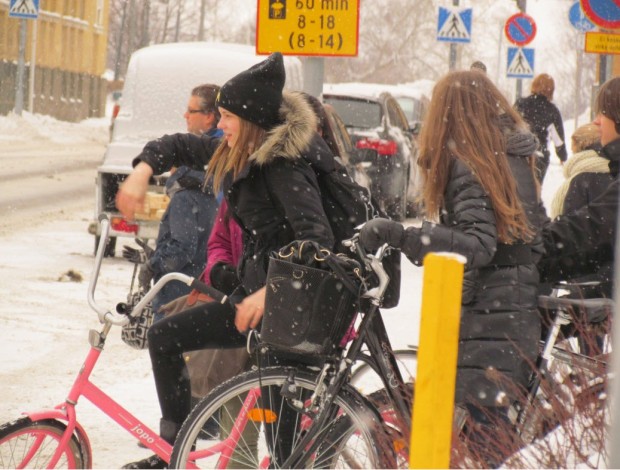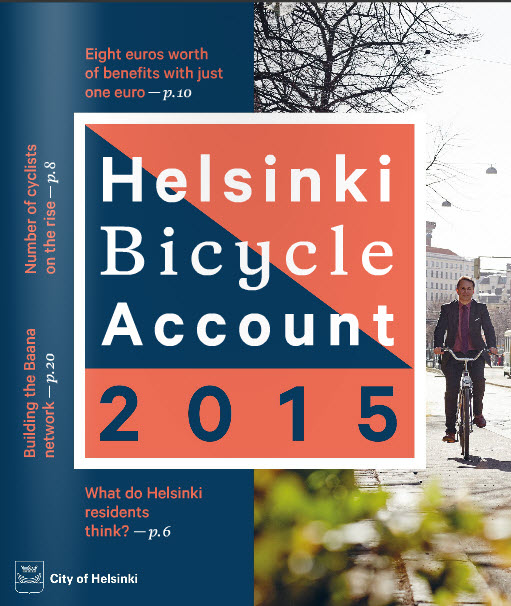
Not as simple as it may look
There are three “worlds” of cycling, and surprisingly they have very little to do with each other. Two are quite easy to do, while one is close to impossible, but far more important than the rest. Let’s have a look.
The first world of cycling is racing. It’s great fun, the people who want to do it will do it, and other than specially designed racing facilities the rest take palce on the existing roads. As planners and policy makers we do not have to worry about cycle racing; it will take care of itself.
The second world of cycling is leisure cycling. This is what take place when the economy starts to move up and people have free time. It is done alone, with children, friends and families, and increasingly in cycle touring, short and long distance. Again, expensive infrastructure is no huge barrier here, since most of it take palce for the most part outside of expensive built up areas. Cycle touring and outings tend to involve people of all ages, including many middle class middle aged people who enjoy both the exercise and social contact.
The third world, which is where our main interest lies, is day to day transport cycling in cities. This is by far the hardest of all, and while it is of course good in a society in which the other two forms of cycling are gaining ground and public support, it is a very large, quite separate challenge in itself.
This is the world of cycling on which World Streets — https://worldstreets.wordpress.com/tag/cycling/ — and the World City Cycling Forum — https://www.facebook.com/groups/worldcitybike/ — concentrate their efforts.
As an example let’s have a look at a recent overview which will give you an idea of how the city of Helsinki is looking at city cycling today:

* http://issuu.com/helsinkisuunnittelee/docs/pyorailykatsaus_2015_en_issuu
# # #
About the editor:
Eric Britton
13, rue Pasteur. Courbevoie 92400 France
Bio: Founding editor of World Streets (1988), Eric Britton is an American political scientist, teacher, occasional consultant, and sustainability activist who has observed, learned, taught and worked on missions and advisory assignments on all continents. In the autumn of 2019, he committed his remaining life work to the challenges of aggressively countering climate change and specifically greenhouse gas emissions emanating from the mobility sector. He is not worried about running out of work. Further background and updates: @ericbritton | http://bit.ly/2Ti8LsX | #fekbritton | https://twitter.com/ericbritton | and | https://www.linkedin.com/in/ericbritton/ Contact: climate@newmobility.org) | +336 508 80787 (Also WhatApp) | Skype: newmobility.)

Surely there are problems with both racing and leisure cycling. With the former, when it’s done on ordinary roads, there is the disruption to normal traffic, especially people travelling by bus. In the UK this is often administered in such a way as to cause far wider disruption than necessary: for example when the Tour de France visited my home city (Cambridge) last year, bus routes stopped short of the city centre all day (even though the riders would surely have been clear soon after starting off), so that anyone travelling between the north side of the city and the railway station would have to walk 2 miles or take an expensive taxi.
As for leisure cycling, how do participants get between their homes and the start/finish points of the ride ? In the absence of urban cycle routes the answer is all too likely to be to put the bike in a car — which of course not only undermines the environmental benefits of the pursuit but also excludes people without access to cars.